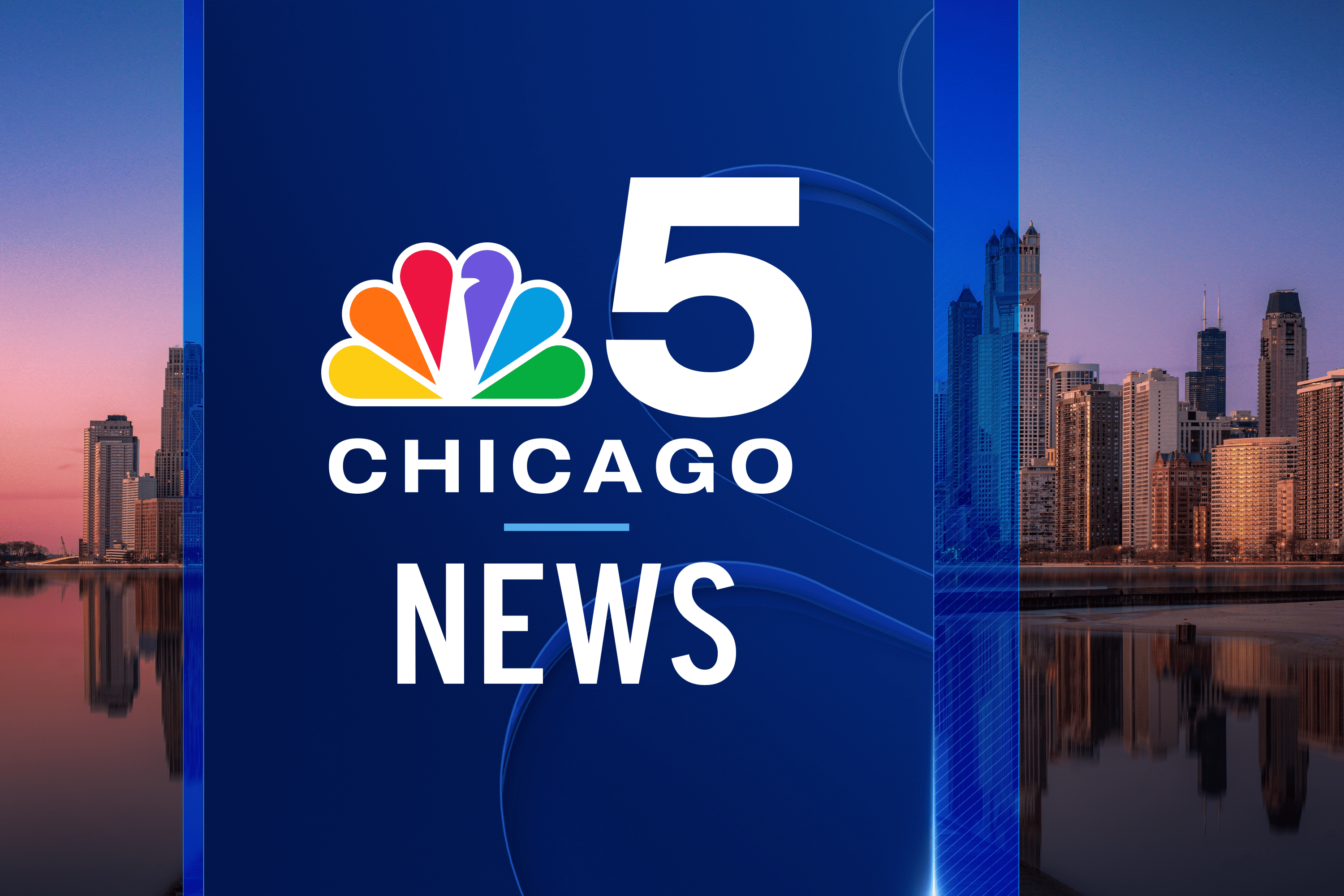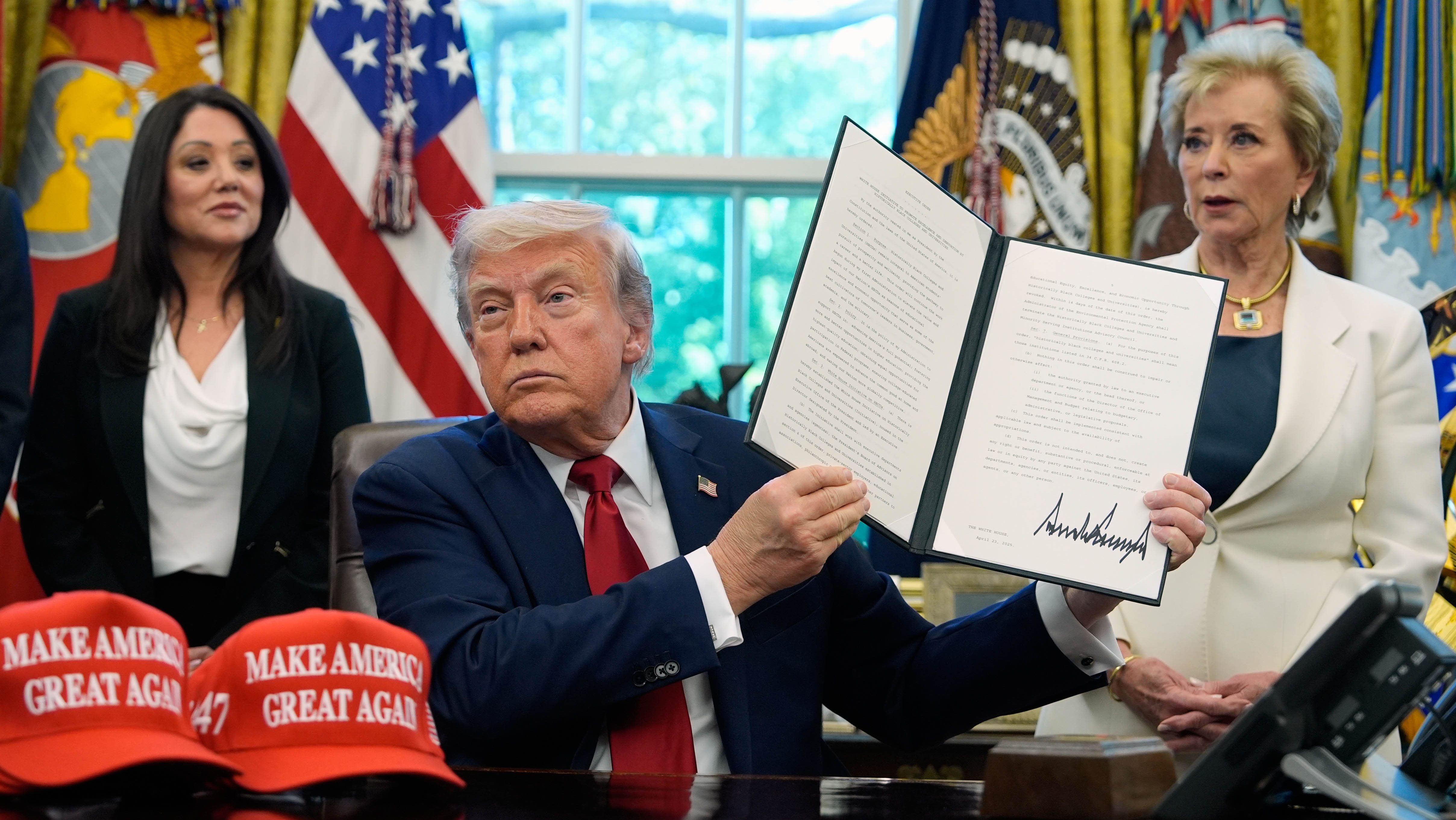Hurricane Maria slammed into Puerto Rico early Wednesday morning as an “extremely dangerous” Category 4 hurricane, with heavy rain and winds lashing San Juan and surrounding areas.
The strongest hurricane to hit Puerto Rico in over 80 years tore off roofs and doors, knocked out power across the entire island and unleashed catastrophic flash flooding Wednesday in an onslaught that could plunge the U.S. territory deeper into financial crisis.
Maria was a Category 2 storm Wednesday, but Thursday morning it regained Category 3 strength. The 5 a.m. advisory had the storm with maximum sustained winds of 115 mph (185 kph). It was off the coast of Puerto Rico moving northwest at 9 mph (15kph), and was expected to pass offshore of the Dominican Republic's northeastern coast early Thursday.
The National Hurricane Center in Miami said conditions were deteriorating over the eastern Dominican Republic, with reported wind gusts of 58 mph (93 kph). Torrential rains continued in Puerto Rico Wednesday night.

Maria, which left at least nine people dead in its wake across the Caribbean, made landfall around 6:15 a.m. Wednesday in the southeast coastal town of Yabucoa as a Category 4 storm with winds of 155 mph.
Power was out all across the island of 3.4 million people, San Juan's mayor and a spokeswoman for Puerto Rico's governor told NBC News. Life-threatening winds were expected for 12 to 24 hours.
"Everything will be lost. It will take a while for us to get to those who need it the most. I'm 54 years old and I've never seen devastation like this one," Carmen Yulín Cruz told NBC News.
U.S. & World
"The Puerto Rico and the San Juan that we knew yesterday is no longer there," she continued.
"Once we're able to go outside, we're going to find our island destroyed," said Abner Gomez, Puerto Rico's emergency management director. "The information we have received is not encouraging. It's a system that has destroyed everything in its path."
It was the second time in less than two weeks that Puerto Rico felt the wrath of a hurricane.
There was no immediate word of any deaths or serious injuries.
As people waited it out in shelters or took cover inside stairwells, bathrooms and closets, Maria slowly crossed the island, knocking down communication towers, snapping trees and unloading at least 20 inches of rain.
Widespread flooding was reported across the island, with dozens of cars half-submerged in some neighborhoods and many streets turned into rivers. People calling local radio stations reported that doors were being torn off their hinges and a water tank flew away.
[NATL] Dramatic Photos: Hurricane Maria Slams Puerto Rico
Even before the storm, Puerto Rico's electrical grid was crumbling and the island was in dire condition financially.
Puerto Rico is struggling to restructure a portion of its $73 billion public debt, and the government has warned it is running out of money as it deals with furloughs and other austerity measures imposed by a federal board overseeing the island's finances.
Gov. Ricardo Rossello urged people to have faith: "We are stronger than any hurricane. Together, we will rebuild."
He later asked President Donald Trump to declare the island a disaster zone, a step that would open the way to federal aid.
A National Geographic photographer staying at the El Conquistador, Waldorf Astoria Resort in Fajardo tweeted videos of the storm's eyewall "tearing up the hotel." One of the videos appears to show damage from a collapsed wall of the hotel's restaurant.
"It sounds like a woman screaming at the top of her lungs," Mike Theiss said of the howling winds outside his hotel room in a phone interview on CNN Wednesday morning. "It's coming through every crack in this building, and every now and then we hear a piece of debris hit a part of the wall."
Zinc roofs were already flying and windows were breaking as the storm approached before dawn. The Hato Rey, San Juan, police station's windows "exploded" under pressure from Maria's roaring winds, according to Telemundo PR.

The Roberto Clemente Coliseum in San Juan, which was being used as a shelter, began to flood early Wednesday and those seeking refuge from the storm inside the 9,000-seat arena were moved to the building's second and third floors, Telemundo PR reported.
More than 11,000 people — and more than 580 pets — were in shelters, authorities said.
Felix Delgado, mayor of the city of Catano on the northern coast of Puerto Rico, told WAPA Television that 80 percent of the homes in a neighborhood known as Juana Matos were destroyed.

El Nuevo Dia newspaper reported that an emergency medical station in the coastal town of Arecibo lost its roof, while communication was severed with several emergency management posts. A hospital and a police station reported broken windows, and a tree fell on an ambulance.
Many feared that extended power outages would further sink businesses already struggling amid a recession that has lasted more than a decade.
"This is going to be a disaster," said Jean Robert Auguste, who owns two French restaurants and sought shelter at a San Juan hotel. "We haven't made any money this month."
The heavy winds and rain and the noise of things crashing outside woke many across Puerto Rico before dawn. At one recently built hotel in San Juan, water dripped through the ceiling of a sixth-floor room and seeped through the window.
"I didn't sleep at all," said Merike Mai, a 35-year-old flight attendant from Estonia who was vacationing in Puerto Rico and tried to leave ahead of the storm.
Previously a Category 5 with 175 mph (281 kph) winds, Maria hit Puerto Rico as the third-strongest storm to make landfall in the U.S., based on its central pressure. It was even stronger than Hurricane Irma when Irma roared into the Florida Keys earlier this month.
Irma sideswiped Puerto Rico on Sept. 6, causing no deaths or widespread damage on the island but leaving more than 1 million people without electricity. More than 70,000 still had no power as Maria approached.

Hurricanes tend to veer north or south of the island. The last Category 4 hurricane to blow ashore in Puerto Rico was in 1932, and the strongest ever to hit the island was San Felipe in 1928 with winds of 160 mph.
As Maria closed in, Trump offered his support via Twitter: "Puerto Rico being hit hard by new monster Hurricane. Be careful, our hearts are with you - will be there to help!"
The storm's center passed near or over St. Croix overnight Tuesday, prompting U.S. Virgin Islands Gov. Kenneth Mapp to warn people to remain alert. St. Croix was largely spared the widespread damage caused by Irma on the chain's St. Thomas and St. John islands.
"For folks in their homes, I really recommend that you not be in any kind of sleepwear," Mapp said. "Make sure you have your shoes on. Make sure you have a jacket around." He added: "I don't really recommend you be sleeping from 11 o'clock to 4."
Late Wednesday, Trump issued a disaster declaration in the U.S. Virgin Islands, allowing the territory to receive federal funds.

Maria killed two people in the French Caribbean island of Guadeloupe, and two people aboard a boat were reported missing off La Desirade island, officials said.
The storm also slammed the island of Dominica late Monday. Hartley Henry, an adviser to the prime minister, reported at least seven deaths and a "tremendous loss of housing and public buildings." He said the country was "in a daze," with no electricity and little to no communications.
"The situation is really grave," Consul General Barbara Dailey said in New York.





























